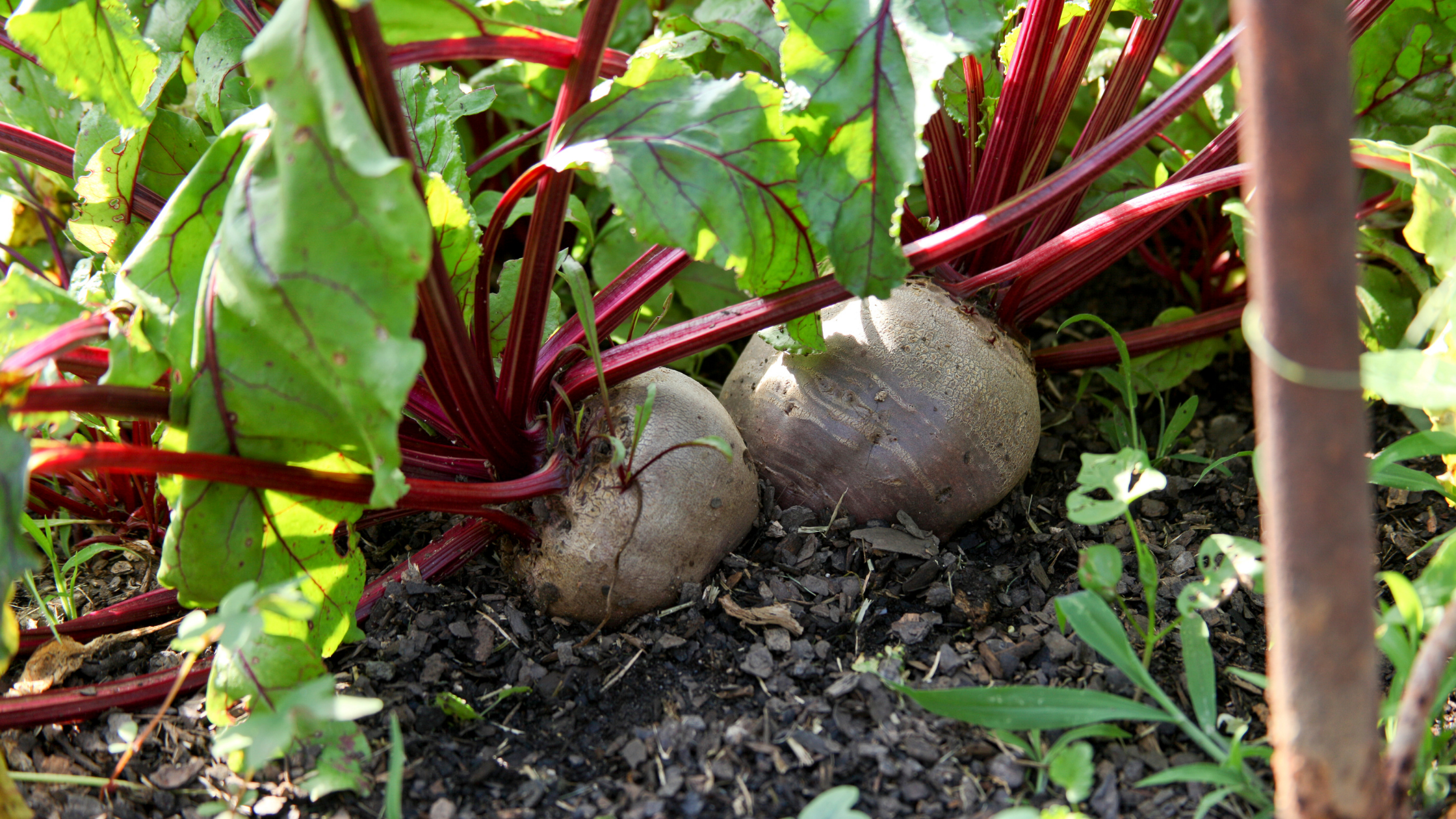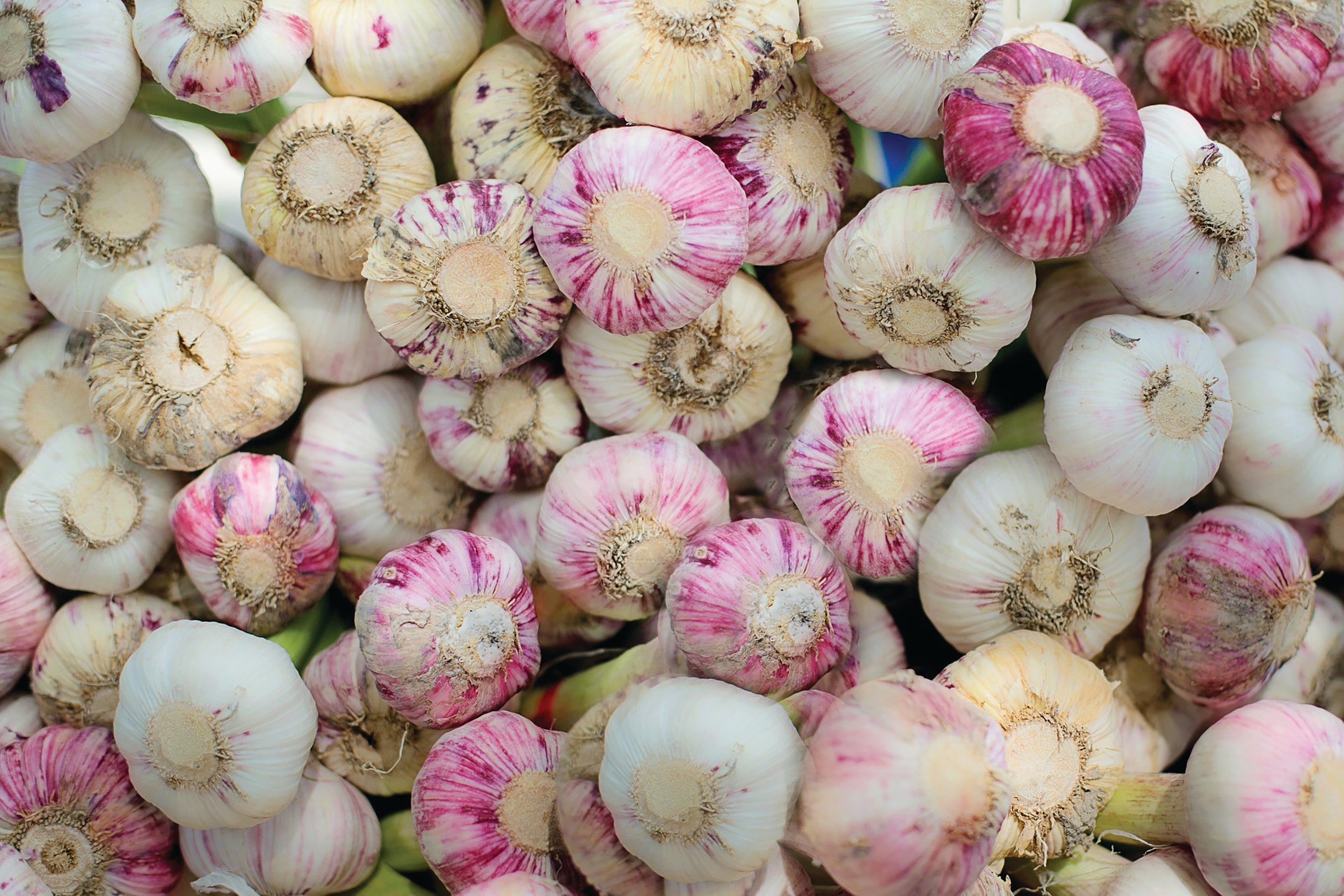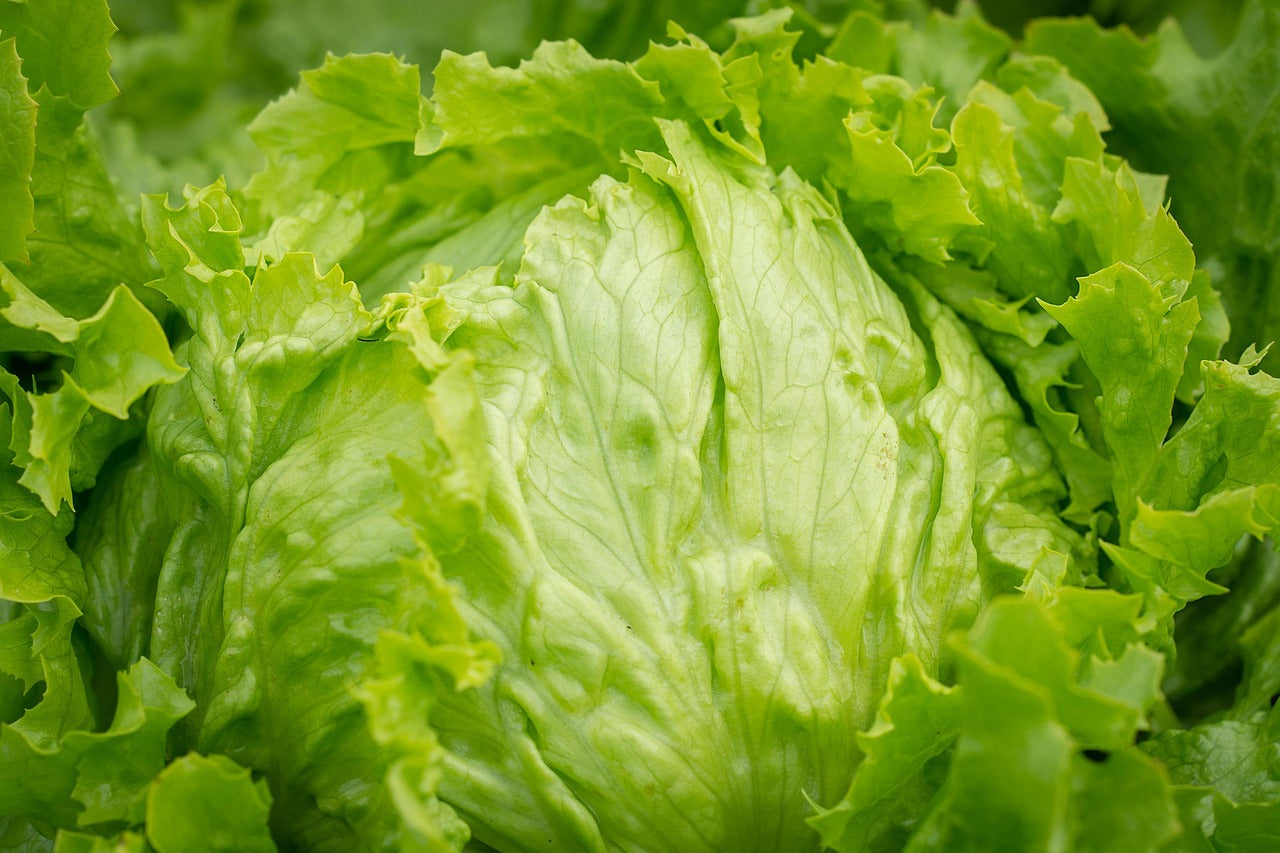How to Grow Beets
Sometimes with beets it seems that people love them or… don’t love them. But we are of the belief that if you think you don’t love beets - you just...
Fresh new look, same great seeds - read all about our brand refresh on our blog!
Free Shipping on all orders over $50!
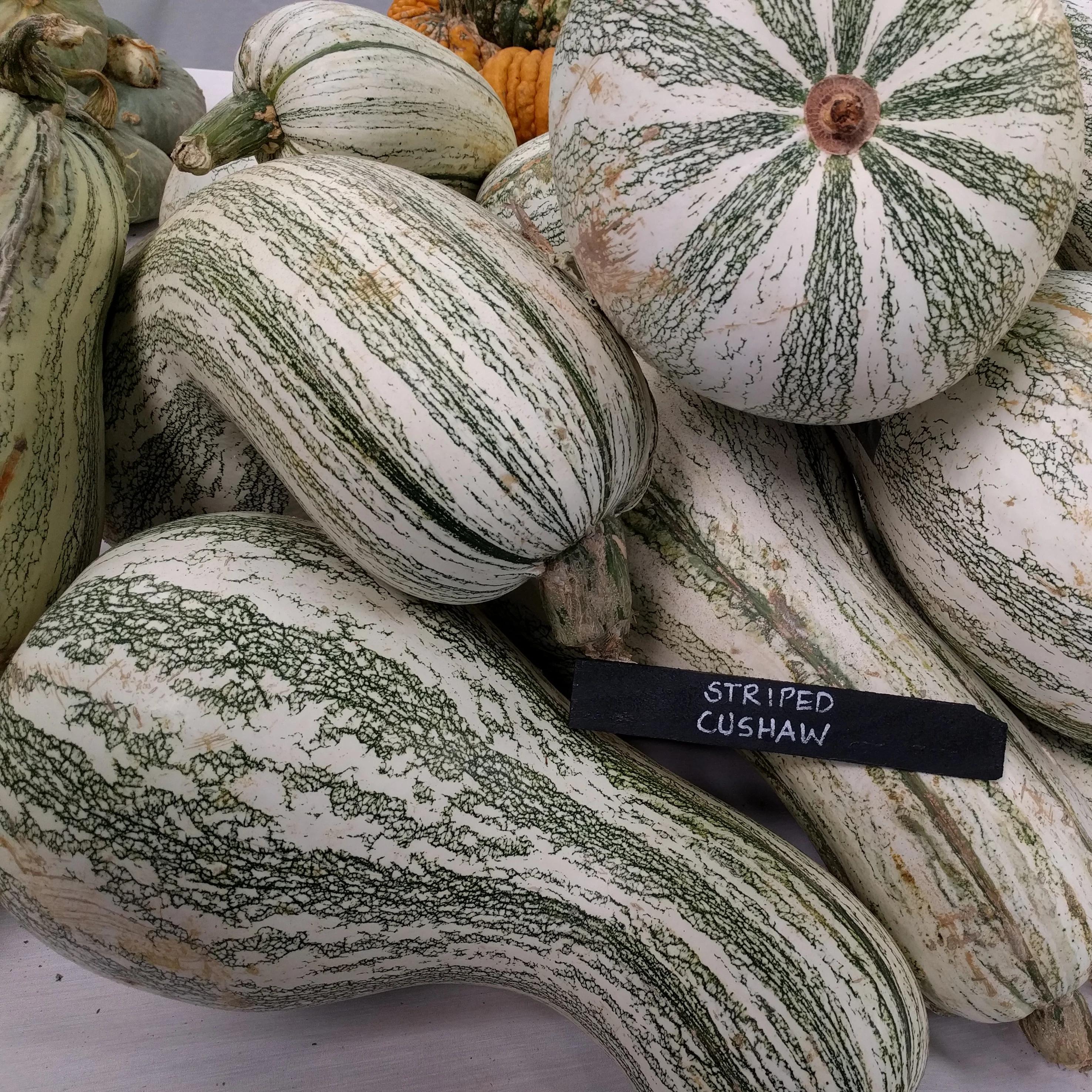
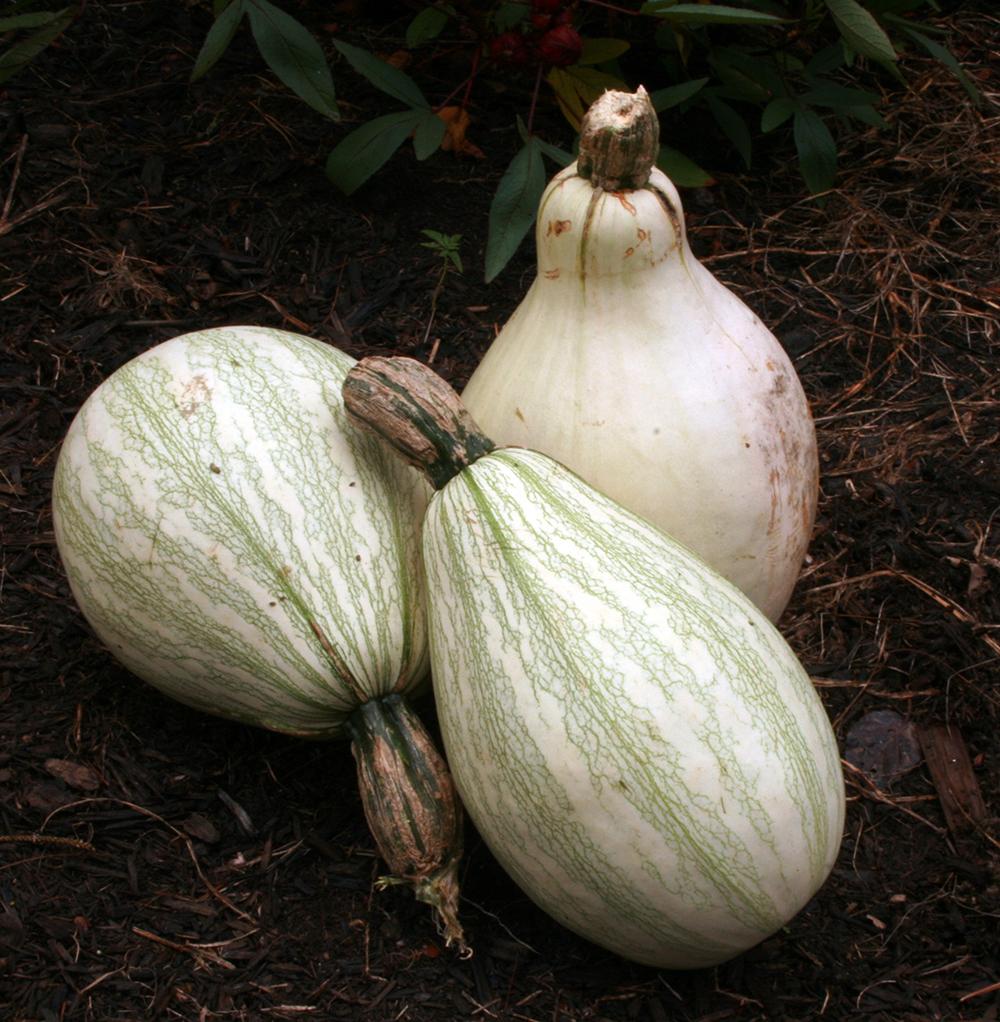
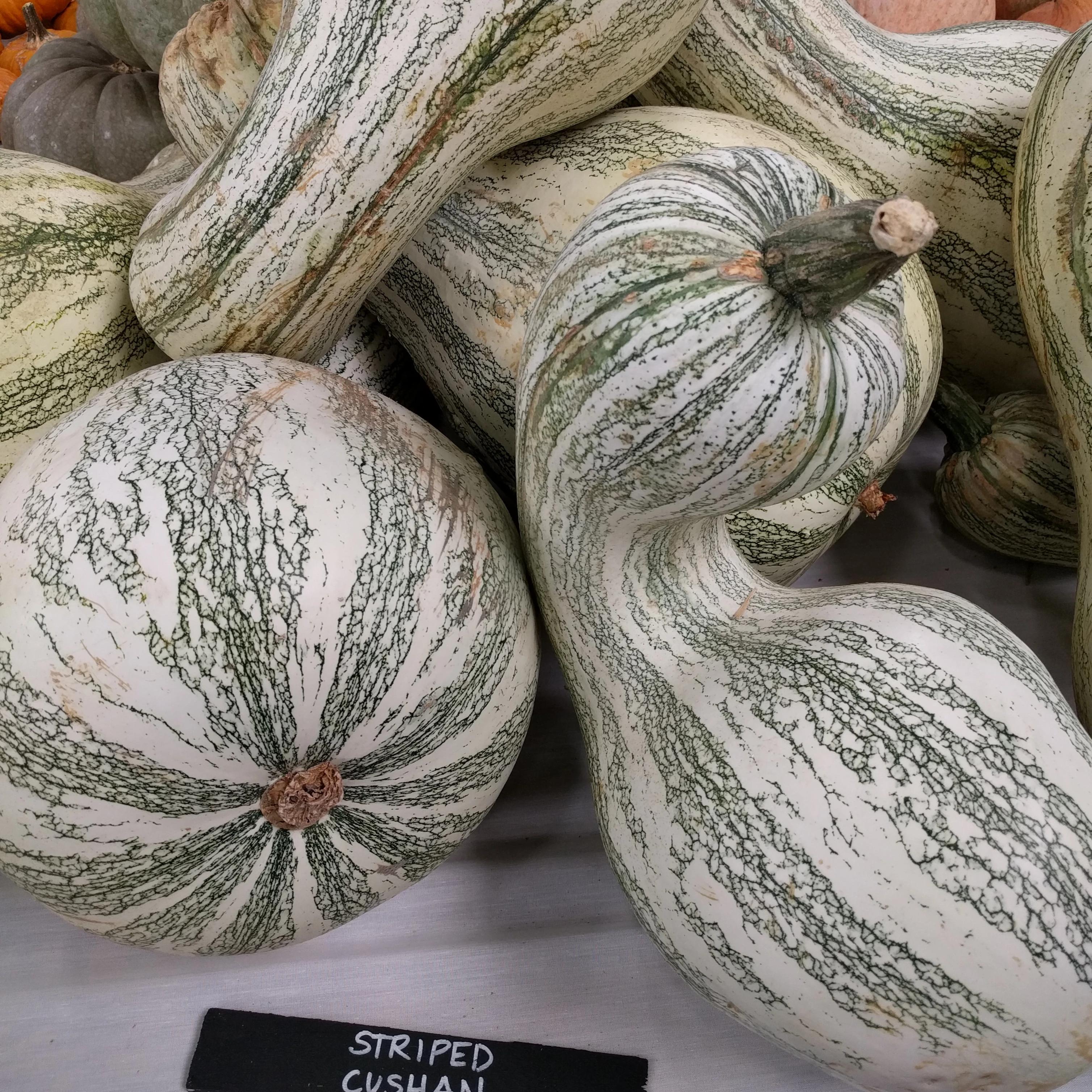
HEIRLOOM. Hailing from the Caribbean, this variety of Cushaw squash also goes by the name Tennessee Sweet Potato Squash and is part of the Slow Foods Ark of Taste! Cushaw squash is very tolerant of humid conditions and is renowned for making exceptional pumpkin pies. Expect heavy yields of 15 pound crookneck fruit with pale green stripes over creamy white skin. Even though this squash is considered a winter squash, the thin rind is less suitable for long term storage, so eat within a month after harvesting. Plants have resistance to squash vine borers.
3.5 gram packet contains a minimum of 12 seeds.
Minimum Seeds per Packet: 12
Packet Weight: 3g
Planting Season: After Last Frost
Sowing Method: Direct Seed or Transplant
Seed Depth: 1/2"
Direct Seed Spacing: 6"
Soil Temperature: 65-85 ℉
Days to Sprout: 5-10
Mature Spacing: 24-36"
Sun Requirement: Full Sun
Frost Tolerance: Frost Sensitive
Days to Harvest: 90
Different varieties of squashes take different amounts of time to grow, with winter squash taking the longest, about 3-4 months until maturity. Squash will do best direct seeded in your garden beds, but if your season is short you can start inside 3-5 weeks before your last frost date. Find out when your 100% certain last frost date is in your grow zone to determine when you should direct seed or transplant. Squashes will not thrive in cool soil, so planting outside early offers little to no advantage.
Choose a spot in your garden that has full-sun and well-drained soil worked with organic matter. Plant both summer and winter squash in spring once the soil temperature is above 60° at a depth of 1”. Make sure the last frost has passed. Even if the soil temperature is warm enough, a frost could damage your squash seeds. If you plant before the soil is warm enough, your squash seeds probably won’t germinate. If you start your plants indoors, be sure to harden the seedlings so they won’t shock as much when you move them outside. To harden seedlings, you slowly expose them to outdoor conditions over the week or two before you plant them outside. Move them outdoors for a short period of time each day, beginning with 1 to 2 hours and then increasing in 1-hour increments. Make sure to shield them from direct sunlight and wind.
Winter squashes are almost all vining-type and will require more space, about 4’ by 4’ square pattern. The larger your expected mature fruits are, the more space you should give the plants. Mulch around your plants to help control weeds and maintain soil moisture. Keep your seeds watered at least once a day until they germinate, which should happen in 6-12 days for most cultivars. Aim to provide the usual 1” of water or rain a week for your vegetable garden.
For winter squash, you want to harvest once the fruit has turned a solid color and the rind is hard. Make sure you harvest before a hard freeze, since a hard freeze will ruin the vine and destroy the fruit. When harvesting, leave at least 2” of stem, more if possible. Field-cure your winter squash for a week in dry, sunny weather. If the weather is cold or rainy, cure your winter squash indoors in a well-ventilated space. Curing winter squash dries and toughens the skin, allowing for longer storage.
Store winter squash in a dry location that is around 55°. Do not pile winter squash on top of one another, and remove any squash that show signs of damage. Squash varieties like acorn squash and striped delicata squash should be eaten a few weeks after harvest. Butternut squash should be eaten after a few months of storage. Round squashes like Blue Hubbard squash can be stored until March or April. For longer storage, cook, mash, and freeze your winter squash.
Squash, Cucurbita spp.
Pollination, insect; Life Cycle, annual; Isolation Distance, ½ mile
Squashes are an insect pollinated monoecious (male and female flowers on the same plant) annual that are very high producers of nectar, making them very attractive to pollinators, especially honeybees. There are four species of squash commonly grown in North America: C. maxima, C. argyrosperma, C. Moschata, and C. pepo. Because the four species do not cross with each other, this allows you to grow four different species in the same garden. Squash must be fully mature before harvested for seed production. This means that summer squashes must be left on the vine until the outer shell hardens. Allow to cure for an additional 3-4 weeks after harvest to encourage further seed ripening. Cut open fruits and scrape out seeds and pulp into a jar or bucket, filling with an equal amount of water. Ferment seeds for 2 to 4 days, pour off the floaters and wash the rest of the seeds clean from the wet chaff. Spread on a screen or several sheets of newspaper to dry thoroughly before storage. This could take several weeks.
Sometimes with beets it seems that people love them or… don’t love them. But we are of the belief that if you think you don’t love beets - you just...
How to Grow Garlic Our favorite bulbous storage crop: Garlic. Garlic is a part of the Allium family which also includes leeks and all types of onions. It is an...
Fall gardening is the most underrated gardening season of the year. It’s often overlooked after a long summer season. But instead of skipping out on fall gardening this year, we...

